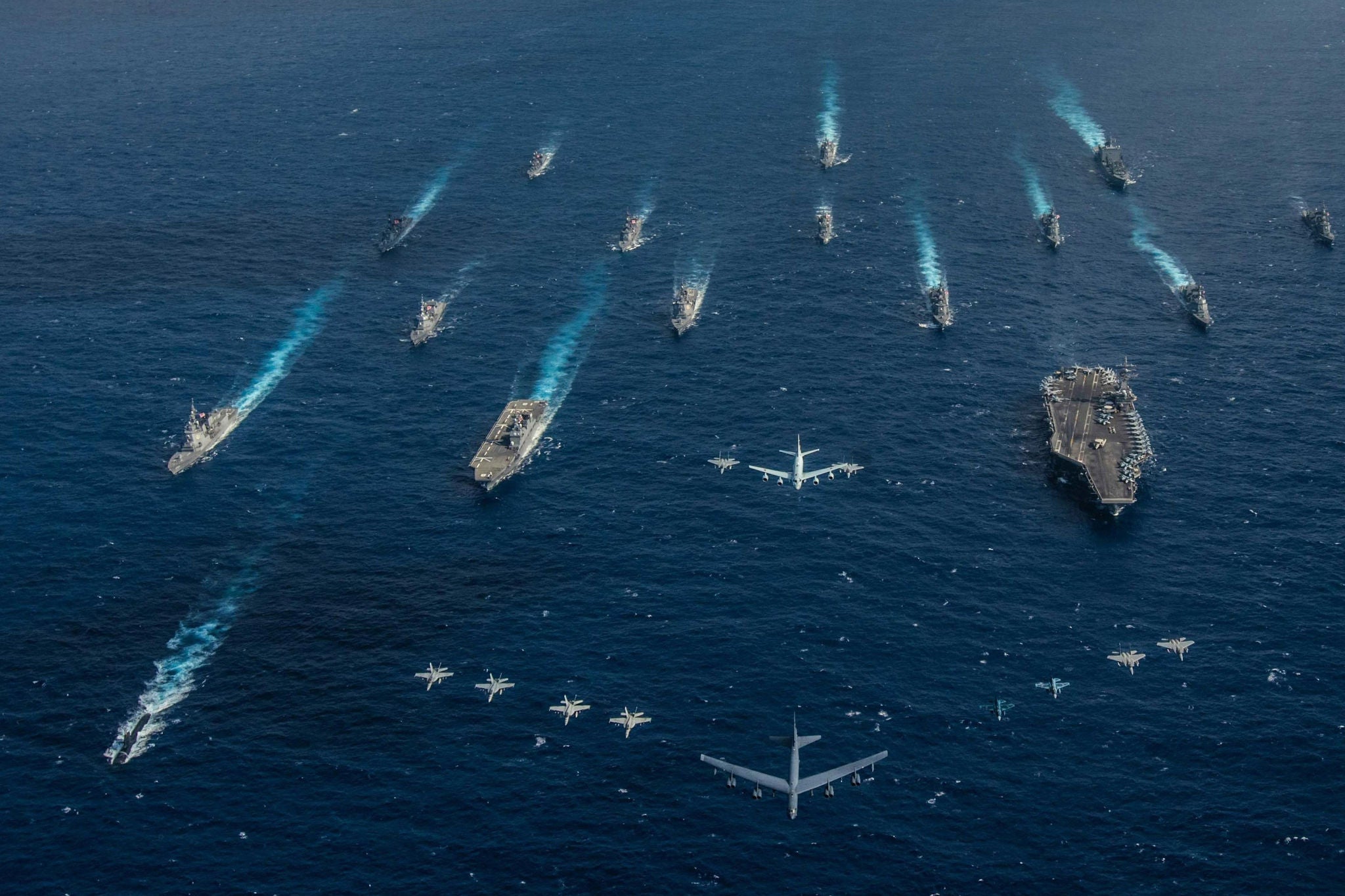The Department of the Navy’s Human Capital Strategy Task Force selected transformation initiatives that could deliver measurable results and improve work life for personnel at every level, whether civilian or enlisted. The initiatives also channeled the latest leading practices from government and the private sector.
To help the task force execute this strategy, the EY US Performance Management team brought together professionals who had extensive experience in federal human capital management alongside those with commercial experience. The EY US team presented program management, analytics and technology solutions for the Navy to consider. They also demonstrated various workforce, workspace and workflow tools to better illustrate the design principles that the Navy was looking for in its employee experience.
For example, the EY US team showed how automation and AI could be used to accelerate the candidate selection. The Navy had been using a manual-intensive process, reviewing hundreds of résumés per hire. Automation and AI could instead be used the select the most qualified candidates and elevate only them for manual review.
The Human Capital Strategy Task Force then brought in subject-matter resources to lead each pilot project, working with stakeholders to develop the project plan and identify major milestones. “No matter what you do, it requires a lot of stakeholders for technology and support services to help with learning management systems. It’s amazing the number of stakeholders that are involved in this,” said Jim Hardin, Human Capital Strategist, Department of the Navy.







